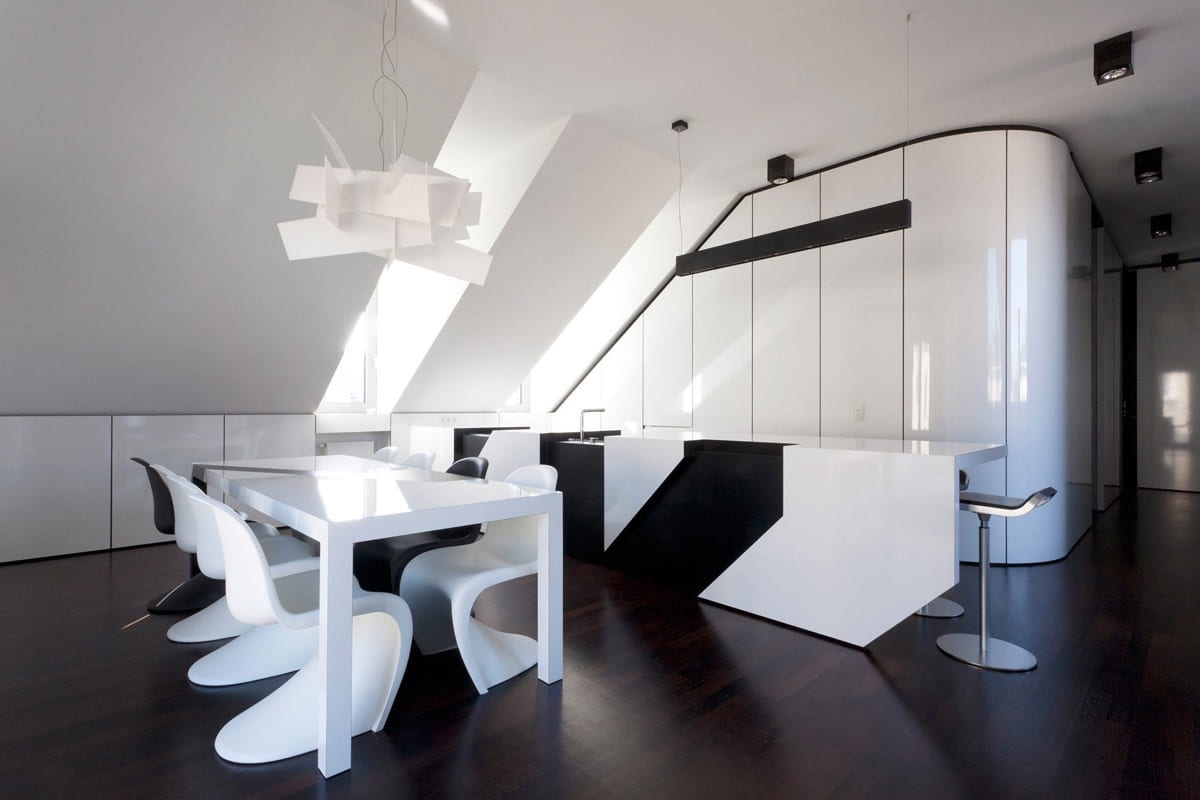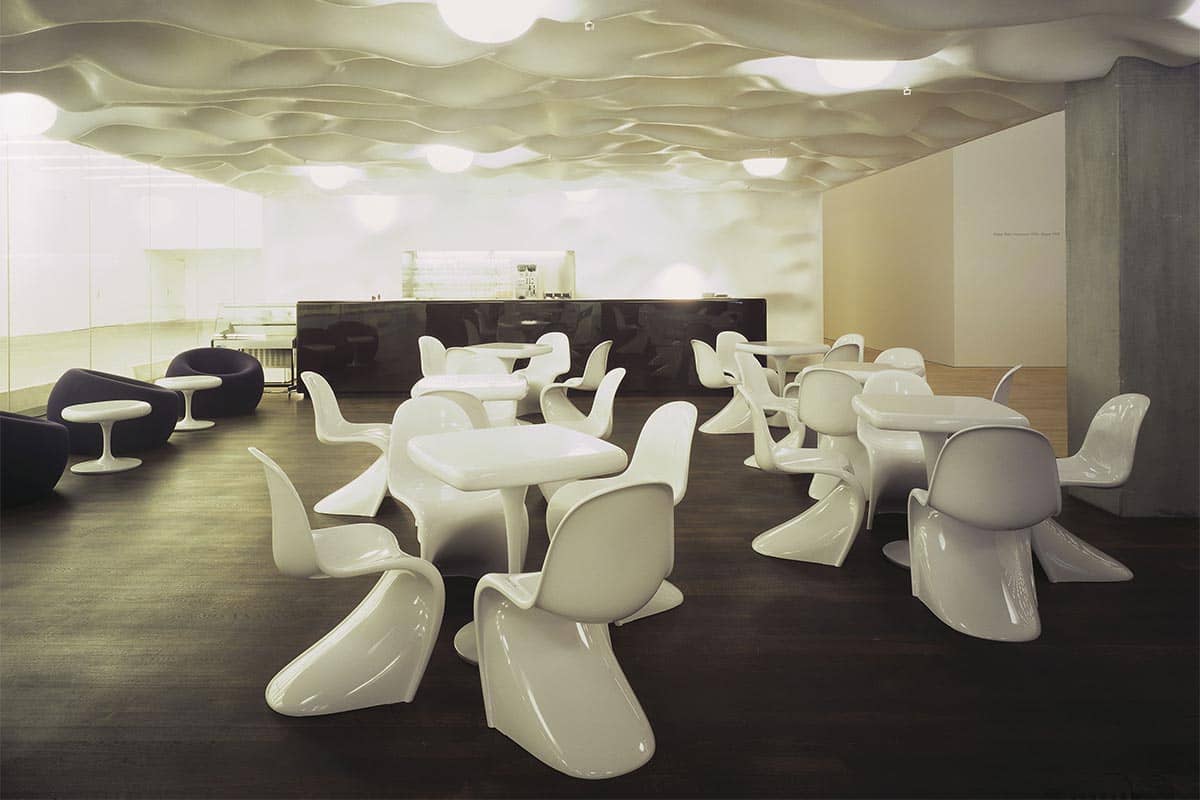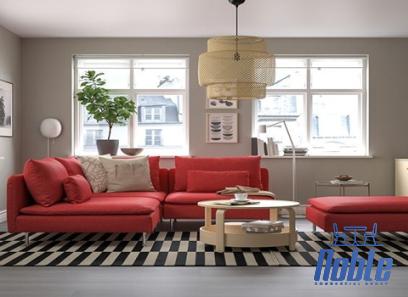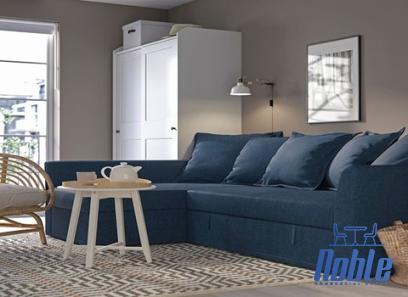How Verner Panton’s S chair heralded a new era in furniture design with a low price
Many legacies are measured in the abstract: words, victories, and concepts. Some people leave visible traces. But few leave behind a ship that serves as a source of wisdom for future visionaries to tap into. In the case of Verner Panton, he left us the S chair.
Ida Engholm and Anders Michelsen’s new book, Verner Panton, represents the legacy of the innovative Danish designer. A monograph published by Phaidon begins with a quote from Pantone. The notion of the importance of taking risks to create meaningful designs epitomizes the sensibility that has guided his dynamic career.
Pantone, who died in 1998 at the age of 72, amassed a piece of furniture and interior design portfolio characterized by a striking visual identity synonymous with the neo-avant-garde principles of the European baby boomer generation. Organically woven into fabrics from the 1960s, Pantone creations have become iconic accessories of 20th-century design.
The centerpiece of his extensive catalog, the stackable chair (Chair S) hits the market with its unprecedented legless construction and incredible stacking capabilities. The luxurious curves of the chair reflect Pantone’s own fascination with the female form, and the lines are reminiscent of the human form, especially the tongue. 
Being the first chair in history made from a single piece of plastic, the design of the S chair draws heavily on the expressive language of architect and furniture designer Alvar Aalto and architect Erich Mendelsohn and has matured into the culmination of Pantone’s own visual language. In the early days of Pantone, an insatiable appetite for experimentation led to designs constructed from iconic materials of the day: plastic, steel, Plexiglas, and even foam rubber. Works like the 1958 Inverted Cone Chair exemplifies Pantone’s innovative approach, and the 1960 Peacock chair design became famous for its simplicity. With a semi-circular seat on a cylindrical base and an adjustable angle, the Peacock Chair showed Pantone to stand out in the market. In its portfolio of whimsical and innovative designs, from Op Art-inspired textiles to lighting fixtures, Pantone’s methodical approach is the result of many prototypes in a variety of materials and the longevity of the S chair. Most evident in evolution.
Pantone’s pioneering S chair not only changed aesthetic conventions but also raised furniture design to new technical standards. Ana Milena Hernández Palacios of Masquespacio, a company based in Valencia, Spain, said: “In particular, it shows that a chair does not have to be made with four legs, which opens up many possibilities for new designers. I was there.” he said. “Pantone is not afraid to take risks with their designs and create products that inspire many emotions.”
The S chair was cut from a single piece of plywood to form the first prototypes in the 1950s. The first products were produced by the Austrian-German manufacturer Thonet in 1965, and a select line in fiber-reinforced polyester was completed in 1967. fiberglass. With its reputation on the world stage fully established, Pantone officially unveiled the S chair at the Cologne Furniture Fair. It received top marks the following year, but the design was initially rejected by many dealers, despite the positive attention. Swiss furniture manufacturer Vitra has finally invested in the Panton chair. The Panton chair quickly became a shining jewel of Danish design.
Although prominently hailed as the first chair made from molded plastic, the S chair is not without its warts. It was difficult to manufacture as it was heavy and had to be sanded and lacquered by hand. Efforts to cut costs and eliminate hand finishing led to a sharp decline in quality, but in 1971 prayer was answered in the form of thermoplastic polystyrene, or a material known as Luran S. A new lightweight chair design was manufactured that was Injection molded from ground colored plastic, required no finishing, was inexpensive and easy to produce. New ribs were also installed at the transition point from the base to the seat to further strengthen the structural integrity.
As the 1970s progressed, mid-century style retreated from the zeitgeist front as the postmodernist and Memphis movements found their footing. The declining value of the polystyrene material drew attention away from the S chair, which faced an 11-year production halt in 1979. But the 1990s saw a resurgence in the popularity of mid-century modernism, and the S chair re-emerged as a revisionist high point of the time. The design appeared on the cover of Vogue UK in January 1995 with model Kate Moss. When production of the S chair resumed, Panton was commissioned to design an exhibition for his portfolio at the Trafolt Museum in Denmark but did not live to see it. It was opened to the public on September 17, 1998, a few days after his death.
Currently, the licensed S chair is available from Vitra for around $310. But Pantone’s more ubiquitous chair design has also inspired many imitations. A modern reinterpretation of the S chair retail price at almost a third of the original price.
I purchase it in sheets (54″ x 82″) and half sheets (27″ x 82″) and cut it to the size and shape needed for each project (sofa cushions, dining chair seats, backs). Inevitably, you’re left with weird scraps that are too small to use for anything. Joining them is dangerous because the glued seams can open during use and ruin the entire upholstery.
I think about what it took to make that foam (chemicals, resources, labor, transportation), and I want to do what I can, so over the years, I’ve developed various uses.
- CAT AND DOG BEDS: Puppies and kitties don’t mind, and zippered beds are interchangeable, so glue pieces together as needed (also a good use for old foam).
- Shred it into pillows: I’ve heard there are shredders that shred the foam into small pieces. Also, I heard stories of a local guy who had it in his basement, but I never saw or met him…
- Mushroom: We make these small , medium, and large mushroom-shaped stools using stratified foam. So glue the pieces together for the bottom layer and use the intact pieces for the top layer (sometimes even small chair seats do this).
- Art: Sculpt, paint and decorate.
- Talking balloons – As you know, cartoon balloons are great for laughs in the studio.











Your comment submitted.